Above ground isn’t the only place that is being affected by rising temperatures.
A study in Chicago revealed that underground infrastructure in American cities could be at risk due to temperature increases.
Urban Infrastructures Are Causing Heat Islands
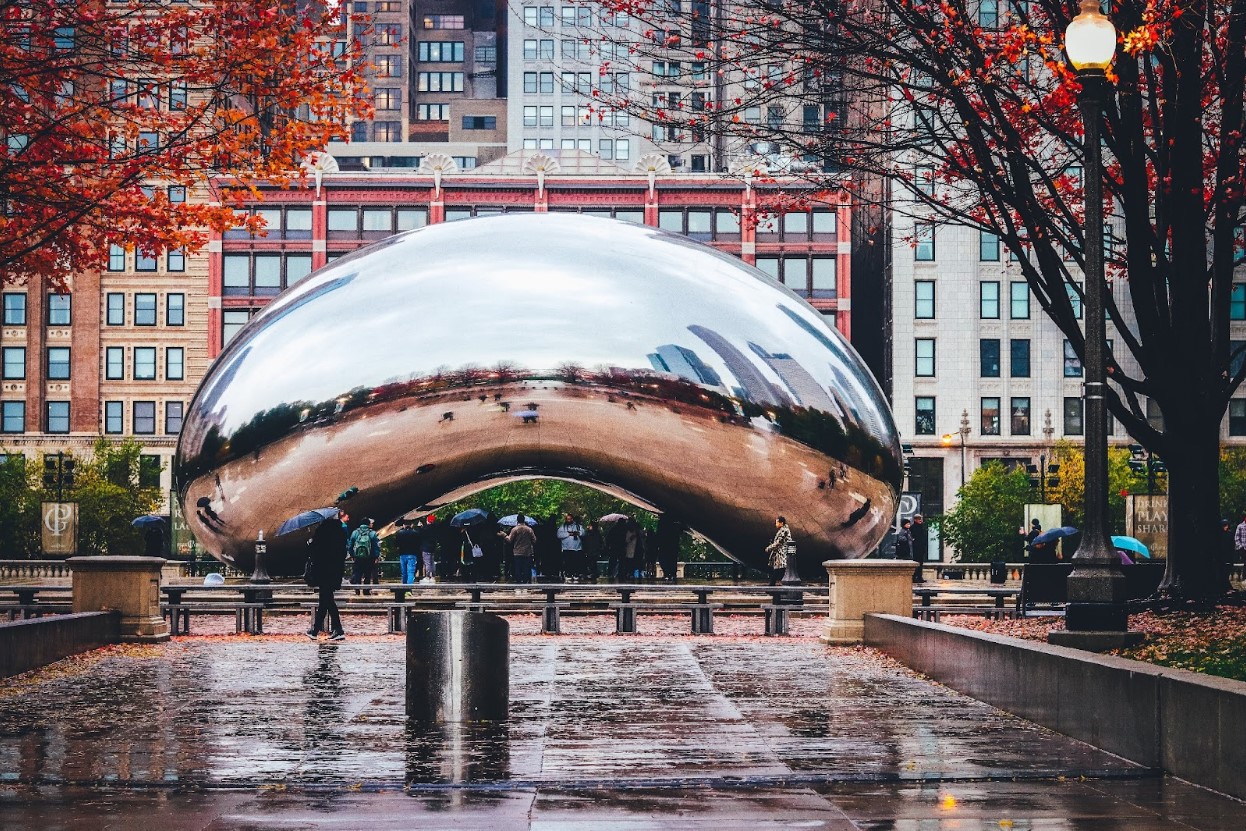
CNN reported that Chicago has subsurface heat islands caused by urban infrastructure such as public transit.
When subject to these changes in temperature, materials like soil, rocks, and human-made construction materials can shift and crack.
How Was The Study Done?
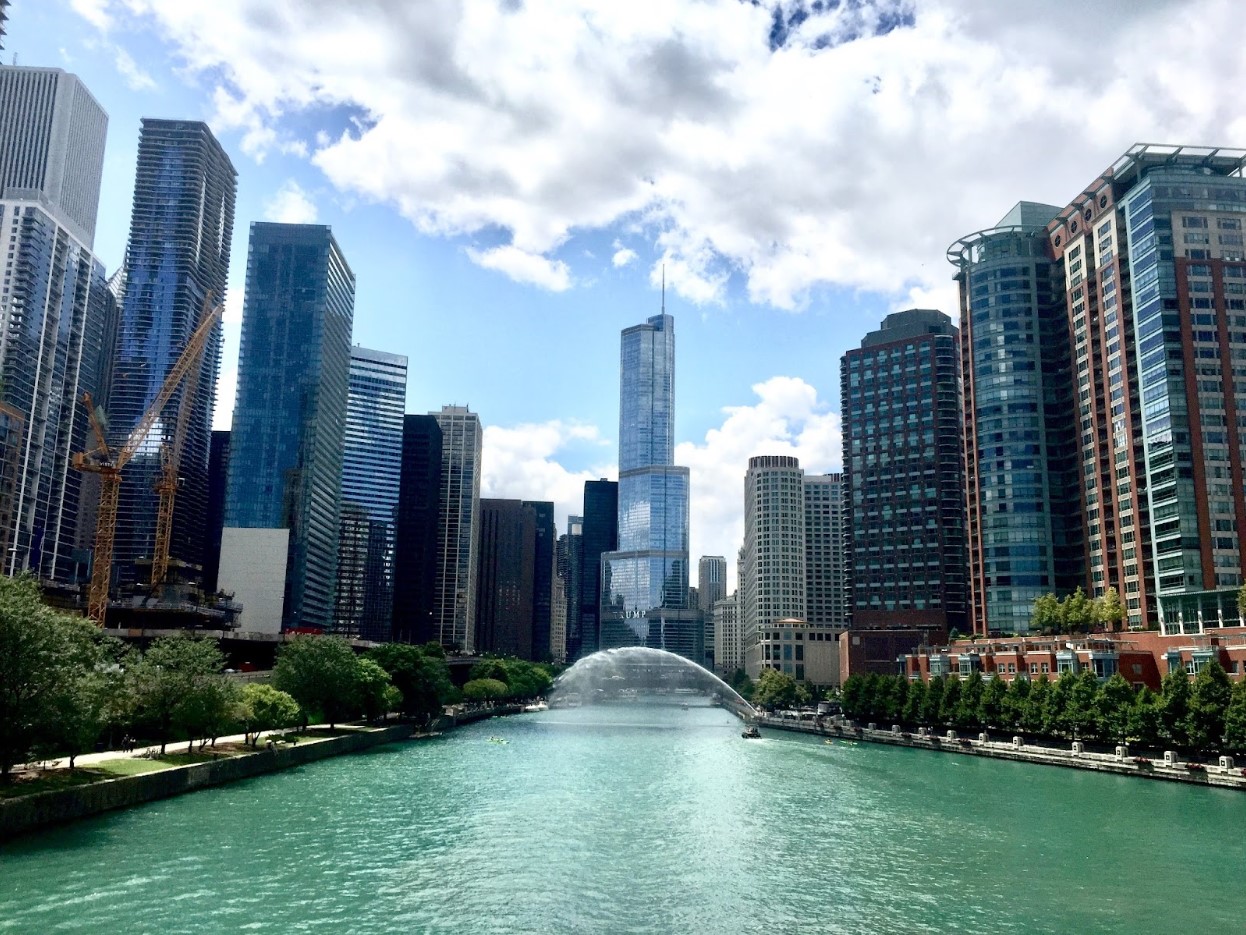
Rotta Loria and his team have studied this phenomenon for years by setting up temperature sensors across Chicago.
They worked specifically in the Chicago Loop, the hub of both above and below ground.
The Data That Was Captured Showed Significant Heat Increase
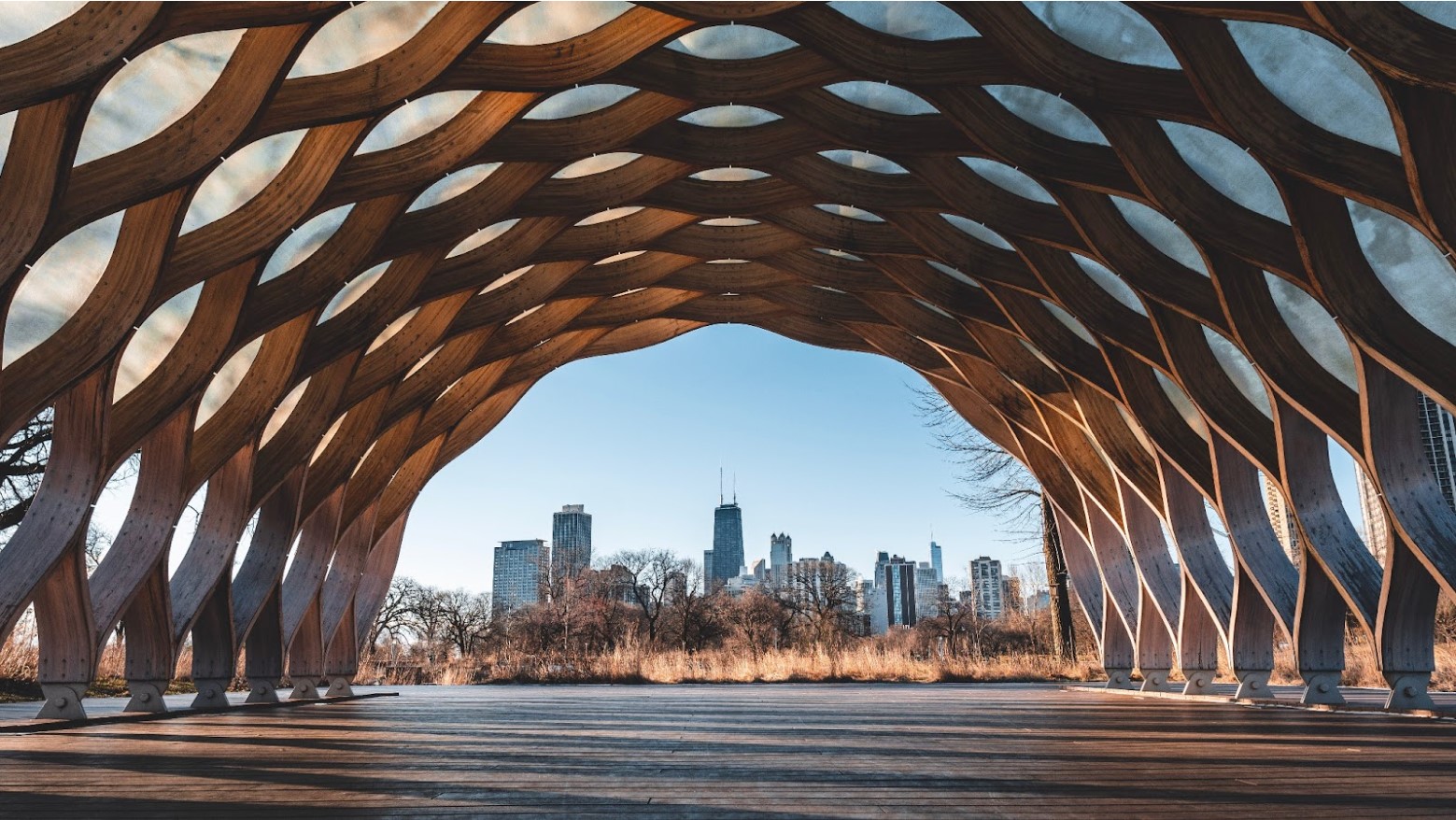
The data showed that underground temperatures below the Loop are usually 50 degrees Fahrenheit hotter than beneath Grant Park.
Loria used his information to build a 3D computer model to simulate how ground temperatures changed since Chicago finalized its subway tunnels in 1951.
How Is the Underground Heat Affecting Cities?
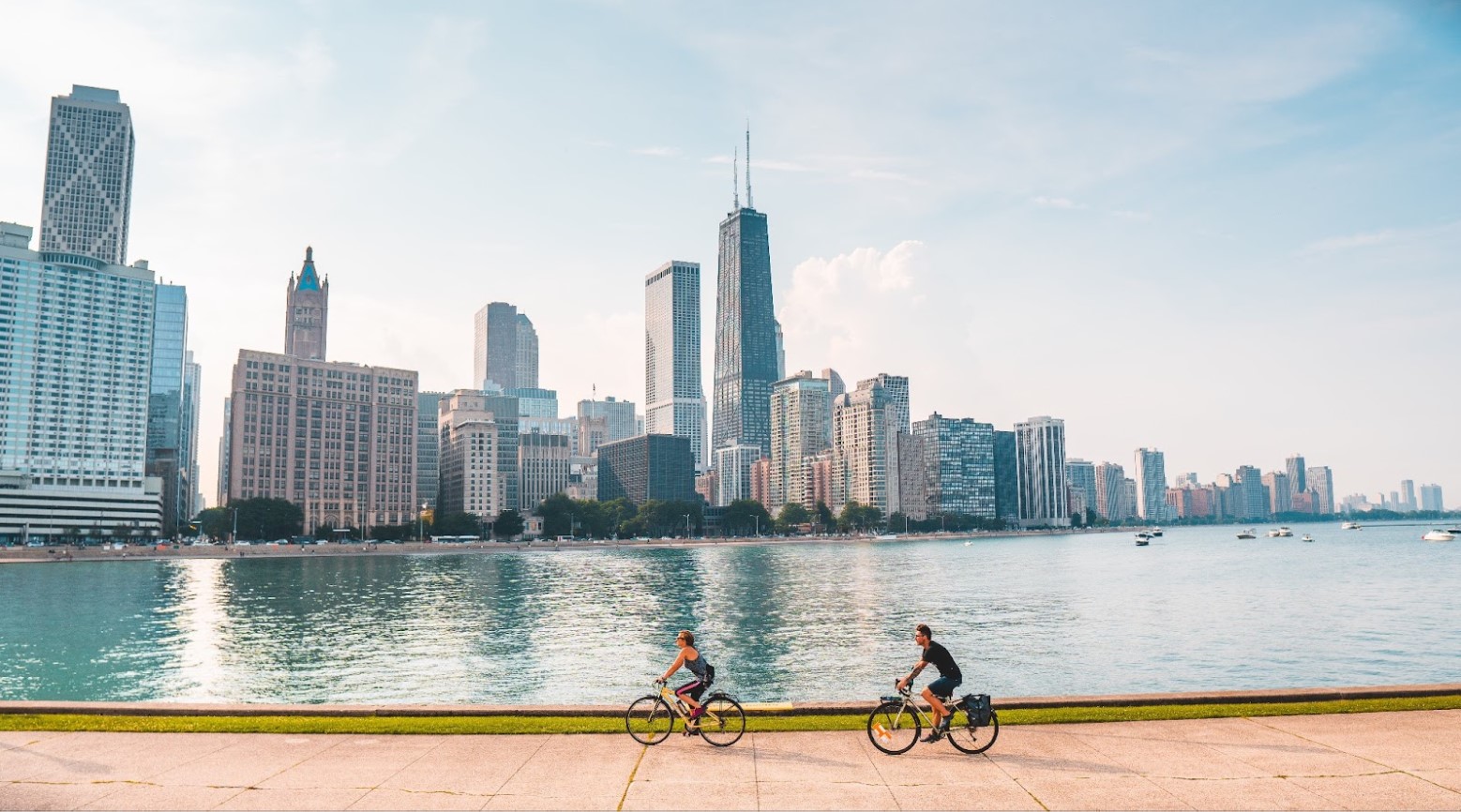
When the ground gets hot, it deforms. This causes the nearby ground to crack and move.
This ends up causing long-term damage to the structures durability that is on top of this uneven ground.
What Is Underground Climate Change?
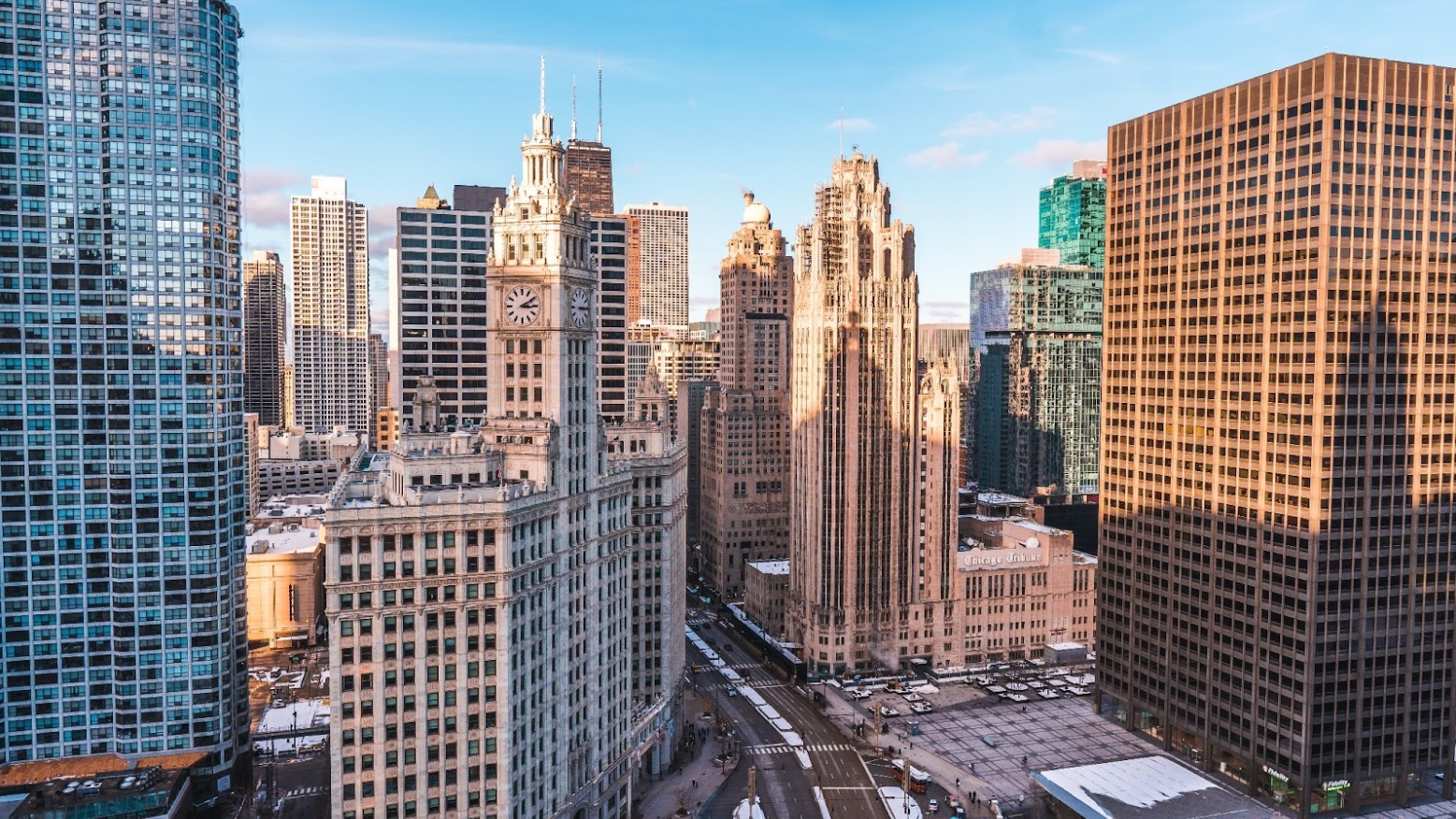
According to ZME Science, the warmth from buildings and underground transportation spreads across many urban areas, resulting in an elevation of the ground temperature.
ZME Science refers to other research that shows this warming can increase temperature by between 30 and 36.5 degrees Fahrenheit every decade.
Underground Climate Change Overtime Causes Damage
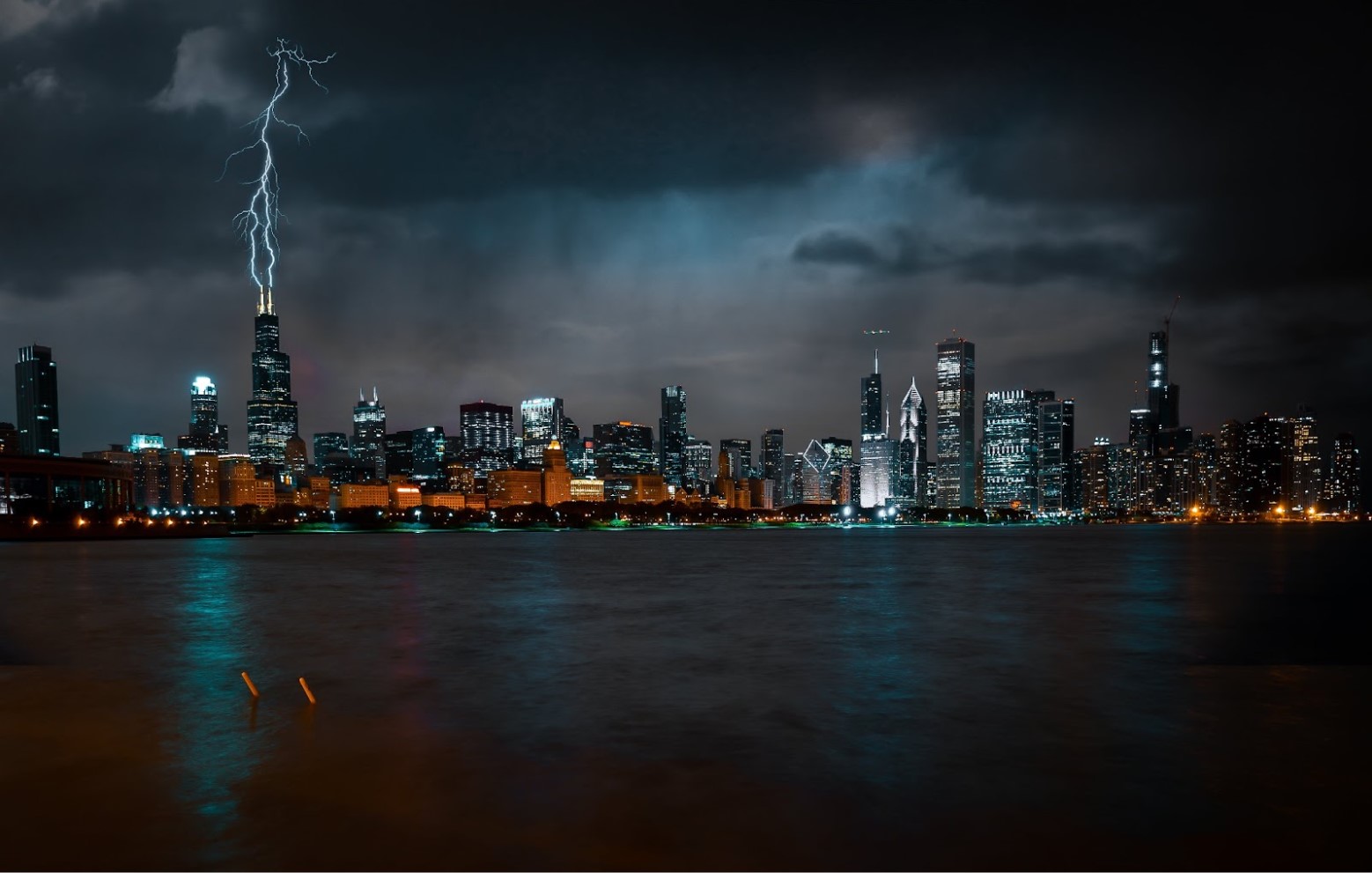
“Deformations caused by underground climate change are relatively small in magnitude, but they continuously develop,” lead study author Alessandro Rotta Loria told CNN.
Loria continued, “Over time, they can become very significant for the operational performance of civil infrastructure like building foundations, water retaining walls, tunnels and so on” (via CNN).
Underground Climate Change Is Not a New Phenomenon
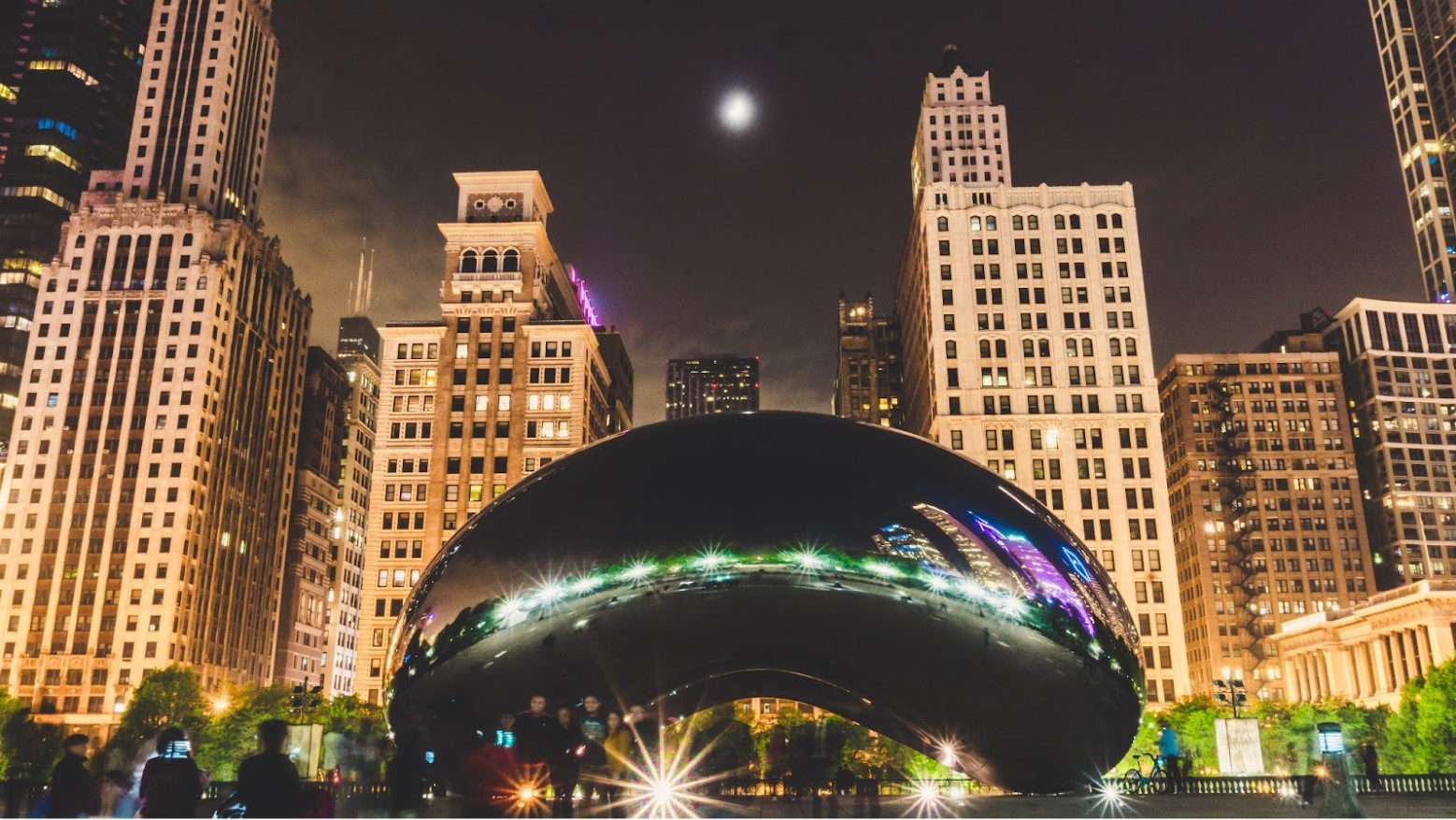
Researchers have been studying underground climate change for the past 25 years.
But this is the first time they have connected subsurface heat to city infrastructure.
Heat Islands Create ‘Silent Hazard’ In Urban Areas

Loria mentioned that there is not a direct correlation between these heat islands and collapsing buildings.
However there is a “silent hazard” that can make buildings distort and tilt.
Dense Cities Are at Risk for Heat Islands
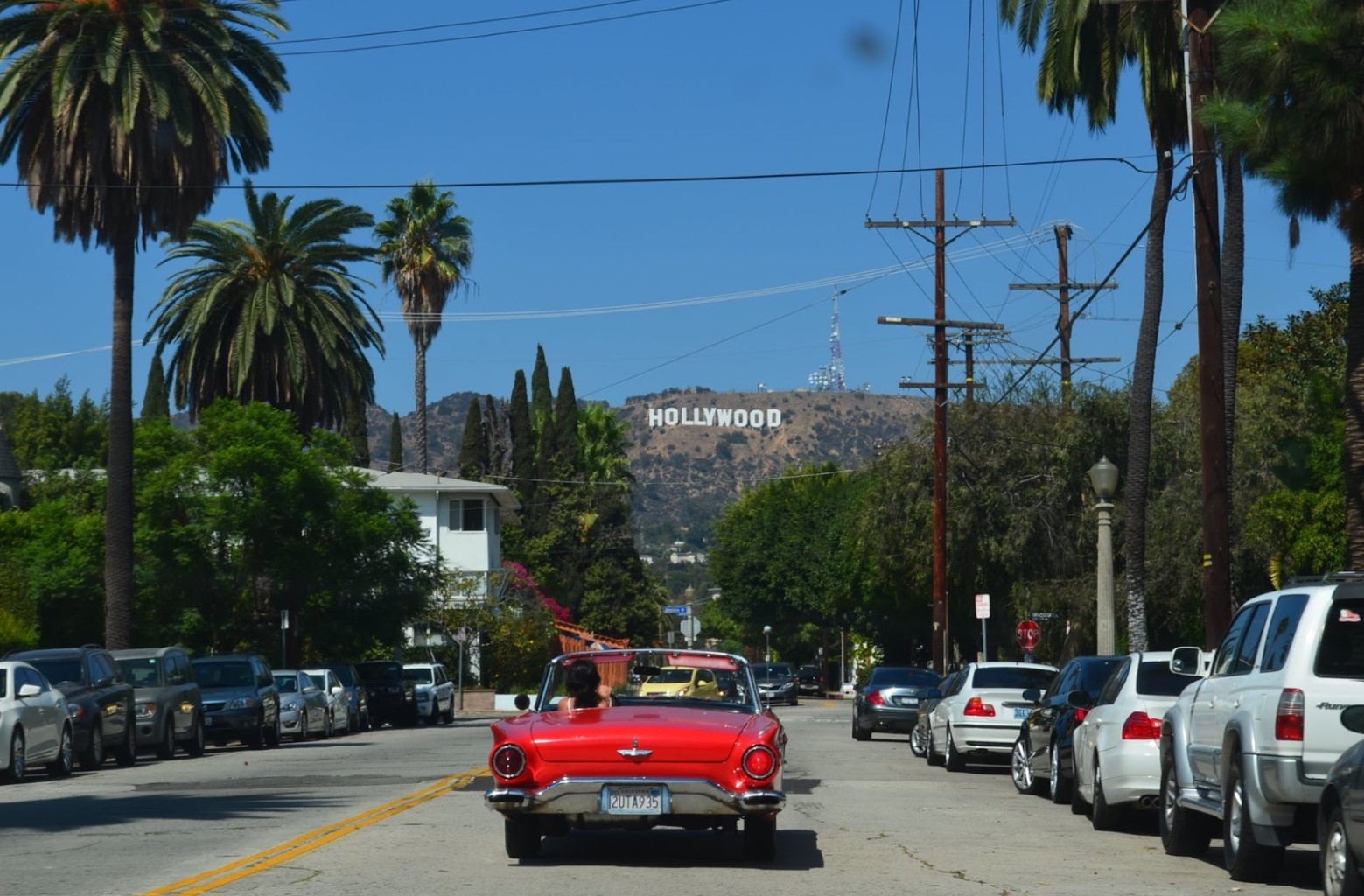
Other cities such as Los Angeles, New York, and Miami may be affected by this phenomenon as well, not just Chicago.
“The denser the city, the more intense is underground climate change,” Loria said.
Opening New Doors for Energy Usage
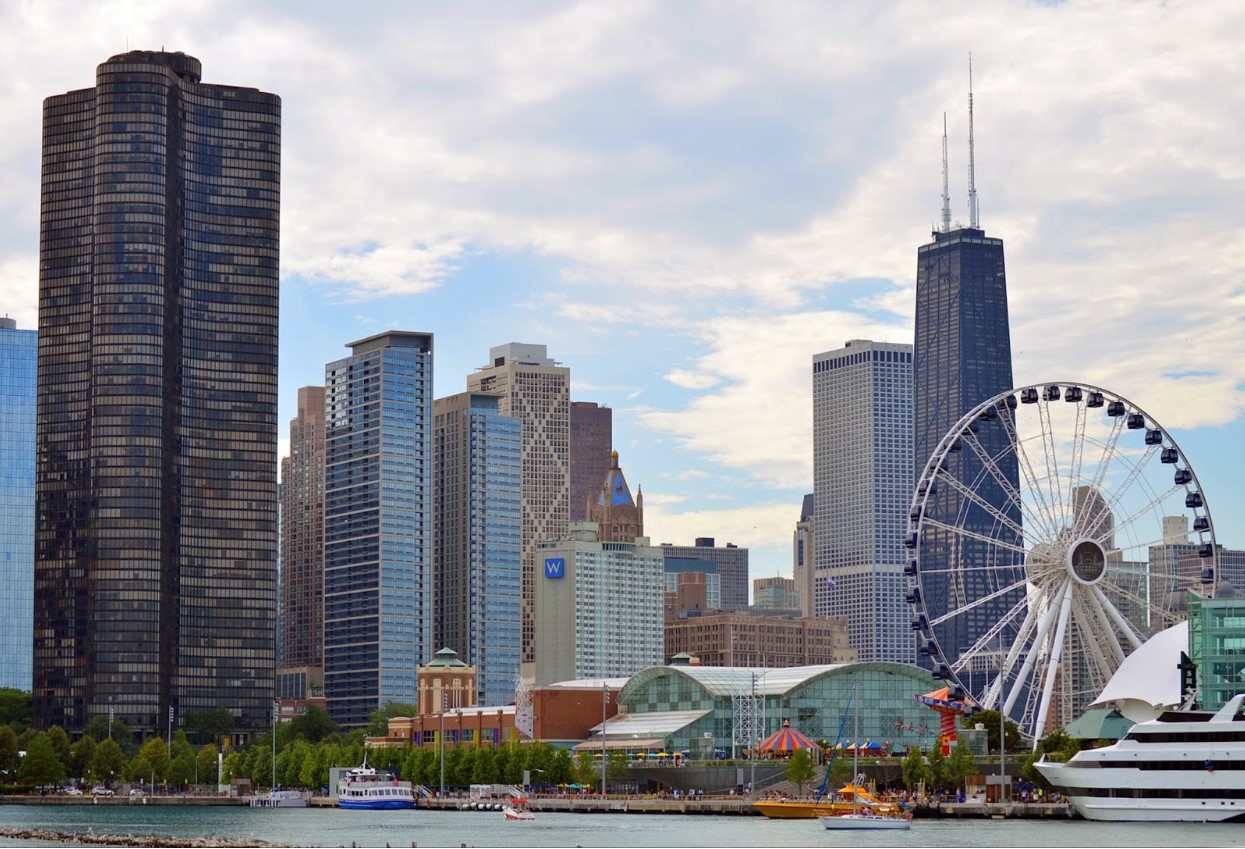
This study has brought to light many potential consequences that can happen due to the heat islands.
It has also opened up new doors for how energy can be utilized for geothermal heating and cooling or channeled into thermal insulation.
Older Buildings Need to Channel Heat Better
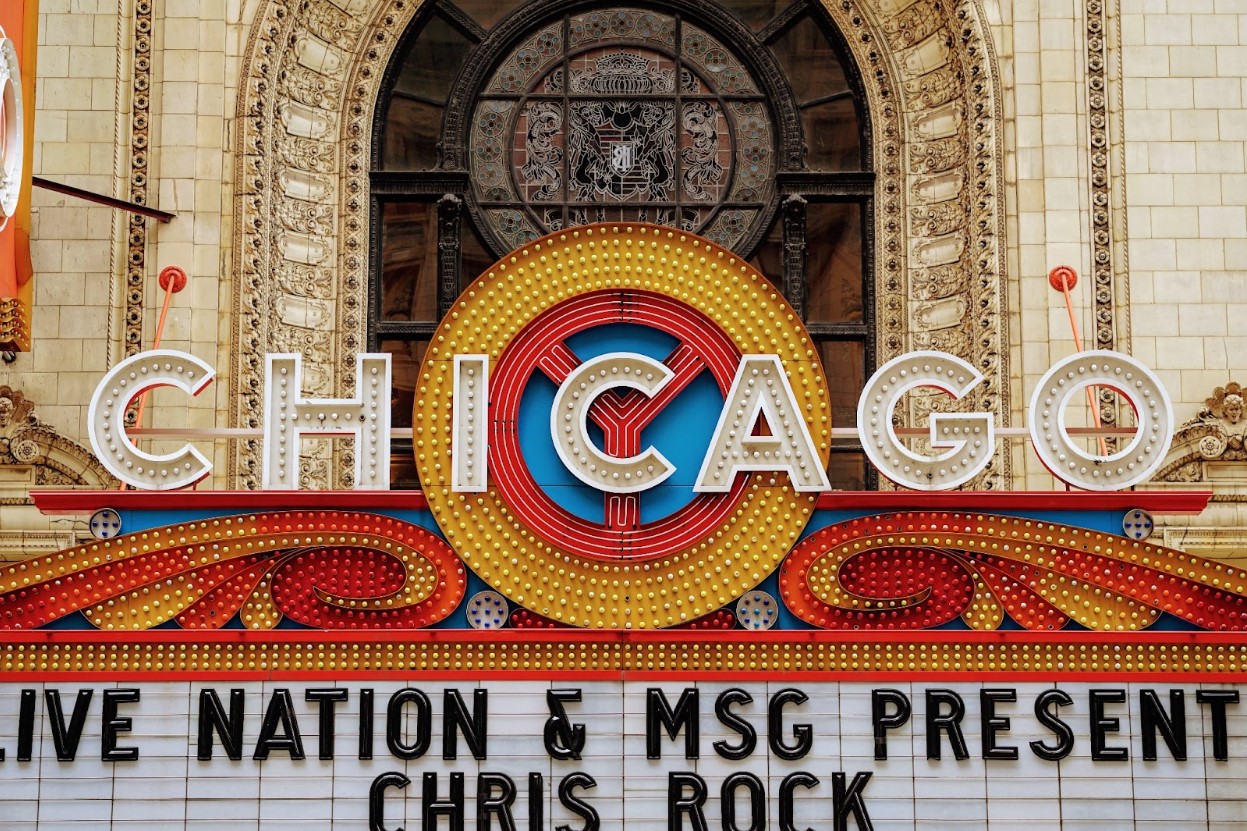
Newer buildings likely won’t make the heat islands any worse than they already are.
The older buildings are the problem, which may be able to undergo retrofitting to channel heat better.
